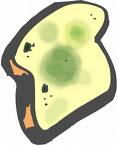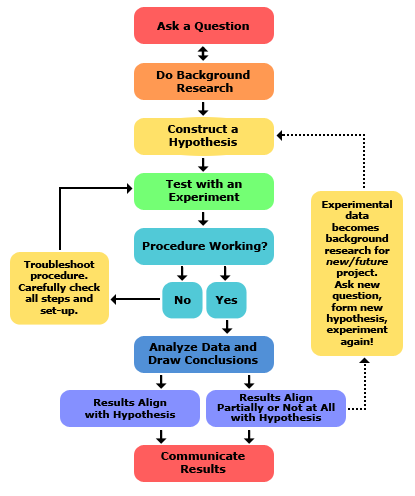These series of activities are designed for students to collaborate together to come up with something unique and interesting. For many of the experimental questions, students will work in pairs or groups to come up with their own experimental design. If the school has resources and there is enough time, students can test their designs. If students are not able to make and test their designs, they can draw and explain what their ideas are to the class or hand it in if you wish to look at their ideas. Students are encouraged to use the scientific method when coming up with their experimental designs.
See how Sheldon and Leonard use the scientific method:
Download the full document with descriptions here: Experimental Design Activities
Experiment 1: Egg Drop
Experimental question: What attire will you design in order to prevent an egg from breaking if dropped from a 2-3 story building?
Option 1:
Questions to consider:
- What materials will you use?
- How will you ensure the egg does not break if dropped off a roof top?
- How will you test and re-test your design?
Ask students to write their thought process in terms of the scientific method (research, hypothesis, test hypothesis, re-evaluate, conclude).
Students should lay out exactly how they plan to test their design. Students should also draw a picture of their design and mention why they think it will be so effective.
Option 2:
Material limitations:
- 4 straws
- 6 cotton balls
- 3 ft of tape
- 2 sheets of paper towel
- 4 popsicle sticks
Questions to consider:
- How will you use the materials?
- What design will allow you to use the materials most effectively and wisely?
- How will you re-test if the first design is not successful?
Ask students to write their thought process in terms of the scientific method (research, hypothesis, test hypothesis, re-evaluate, conclude).
Students should lay out exactly how they plan to test their design. Students should also draw a picture of their design and mention why they think it will be so effective.
Note: many of these materials are very inexpensive and the school may have them. If you wish, you might be able to come prepared with a bin of materials and have students test out some designs.
Take a look at how the Mythbusters take on the egg drop challenge!
Experiment 2: Mold Test

Experimental question: What conditions are best for keeping food fresh?
Design an experiment to show which conditions are best for keeping bread fresh. (ie. does bread stay fresher in cold temperatures, darkness, moist environments, etc.)
Questions to consider:
- What will your control be?
- What are your independent and dependent variable?
- How many different conditions will you test? What will these variables be?
- From experience, what do you notice about the freshness of your food? Where is it stored?
Download the full version below!
Experiment 3: Cargo Ship

Experimental question: What design of boat will hold the most amount of pennies?
Design a style of boat using limited materials that will hold the moat amount of pennies when placed in water.
Materials:
- One sheet of aluminum foil (approx 12 inches long and 6 inches wide)
- 1ft of tape
- 6 popsicle sticks
- 2 small birthday candles (optional)
Note: you may alter the materials as necessary, adding more or removing, or changing the current materials listed
Instructions:
- Students get into groups of 4 or 5
- Students use materials to design a boat that will hold as many pennies as possible without sinking
- Students can use as little or as much of the provided material as needed
- Give students 30 minutes to design their boat
- Have groups test their designs against other groups – fill up a sink with water, place two boats in the sink or water bath, place one penny at a time in the boat until one of them finally sinks
Download the full version below!
Download: Experimental Design Activities

